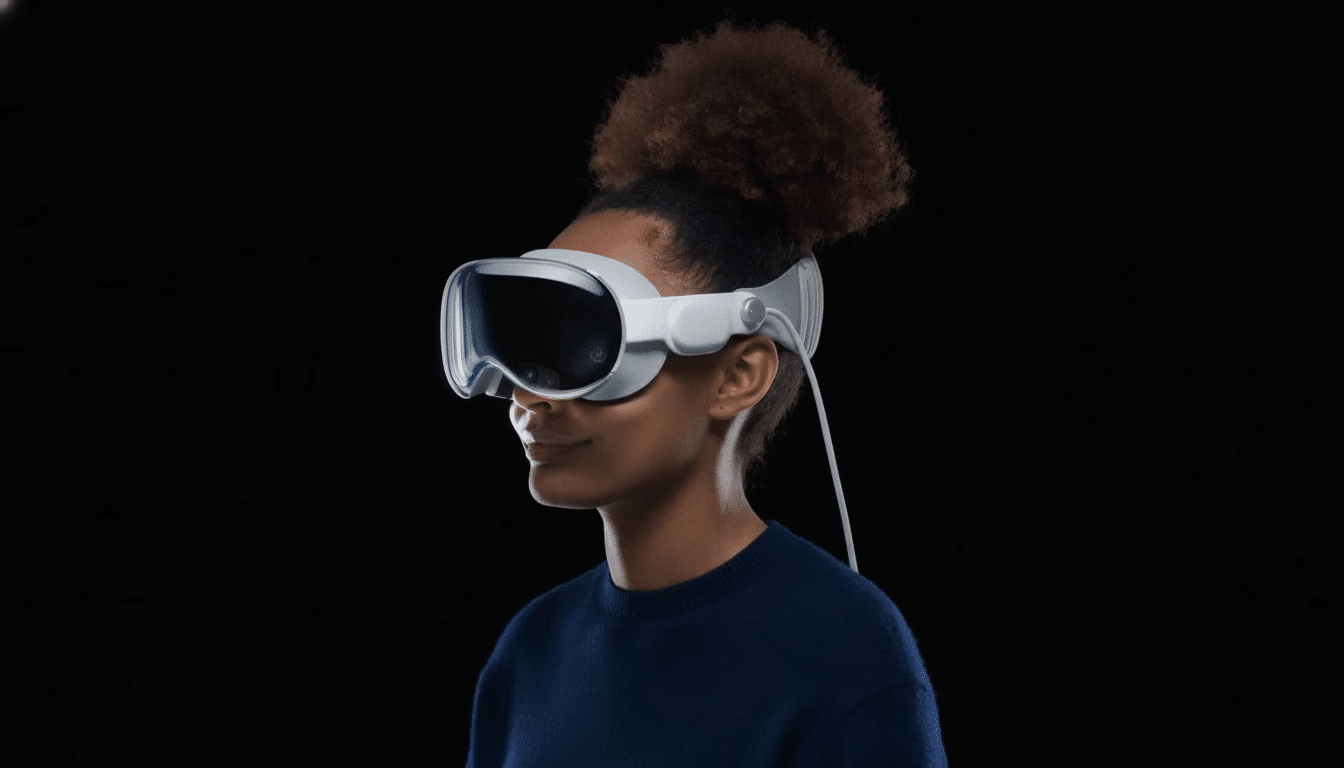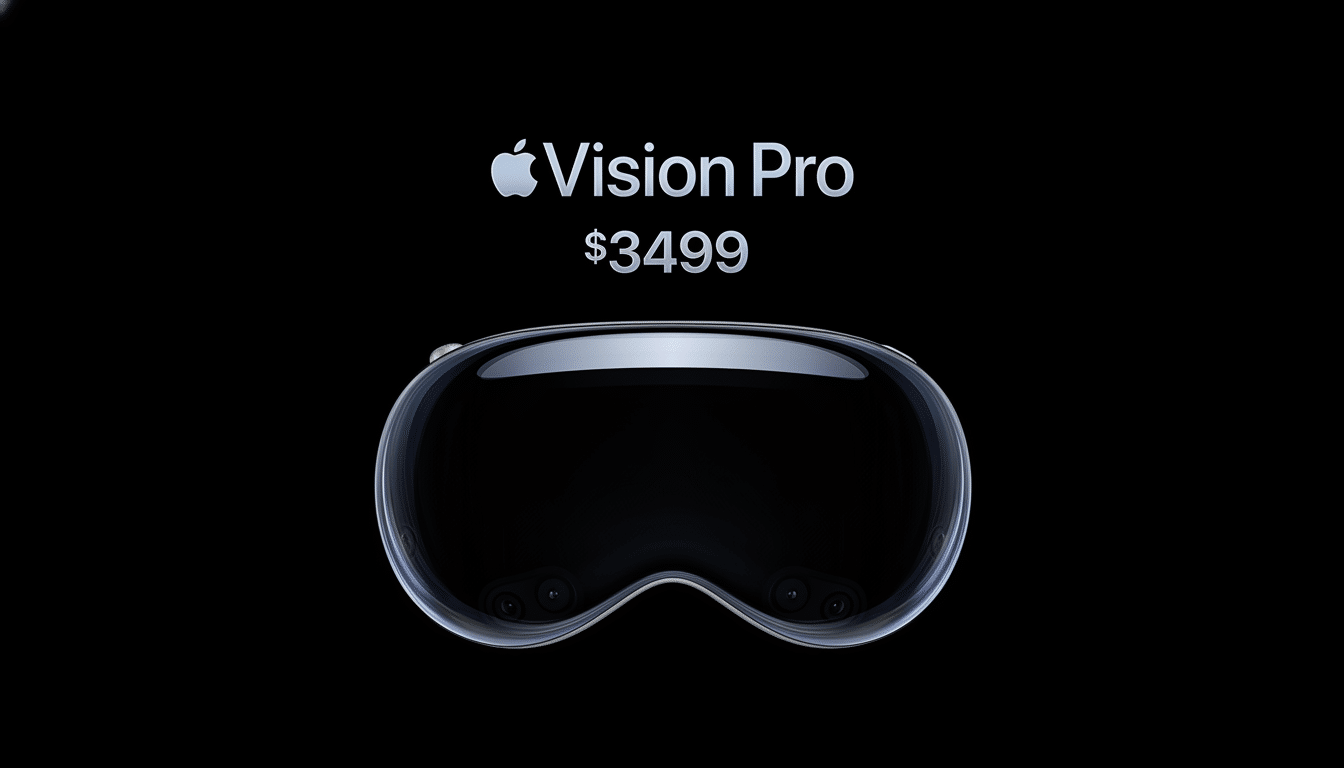Samsung’s long-rumored Galaxy XR HMD — internally known as Project Moohan — is coming together to take on Apple’s Vision Pro where it really matters. Though Samsung hasn’t confirmed full specs, many reliable reports point to two obvious paths for an upset: better-looking visuals, and lighter, more comfortable hardware.
Project Moohan will cram in the vicinity of 29 megapixels across its two displays, Android Headlines notes. “More than 23 million pixels” is what Apple says Vision Pro offers, and this suggests Samsung could be gunning for a noticeable lead in perceived clarity. On weight, Vision Pro teardowns and hands-on evaluations from the likes of iFixit and The Verge land Apple’s headset at about 600–650 grams, whereas leaks put Project Moohan at around 545 grams.

If those numbers hold up, Samsung would be tackling two of the most widely reported pain points in mixed reality: text readability and long-session comfort.
Sharper Visuals That Surpass Apple Vision Pro
Resolution isn’t everything, but it’s the very first thing you notice when you see how easy it is to read smaller text, work on spreadsheets, or watch high-bitrate video in a headset. Project Moohan’s 29 million–pixel total could make the VR headset substantially more advanced than Apple’s “more than 23 million” number, with less visible screen-door effect and even better detail rendering. For productivity scenarios — remote desktops, code editors, CAD viewers, and such — those extra pixels aren’t spec-sheet fluff; they materially affect comfort and precision.
And behind the scenes, chatter in the industry points to Samsung’s device running on Qualcomm’s Snapdragon XR2+ Gen 2 platform. Qualcomm promises up to 4.3K-per-eye at 90Hz and sub-12 ms color passthrough latency, as well as more headroom for eye-tracked foveated rendering. If Samsung teams up high-resolution microdisplays with bloom-free optics and lagless passthrough, it could mean significantly cleaner text, sharper edges in UI elements, and more realistic video — exactly where Vision Pro set an early bar.
Display Supply Chain Consultants has observed that micro‑OLED panels of today’s generation are brightness- and thermally limited, which in part is why premium headsets include advanced cooling and optics. Carefully balanced, pixel density, lens design, and thermal management can deliver big gains in perceived image quality without running away with heat. That’s the engineering window that Samsung seems to be aiming for, and it’s a window where small improvements can stack up quickly.
Comfortable During Long Gaming Sessions with a Lightweight Headset
Comfort is the other battlefront. A chassis of about 545 grams would mean Project Moohan would weigh roughly 10% to 17% less than a number of Vision Pro configs that third-party teardowns refer to. When it comes to head-worn computing devices, every gram counts; a lighter load means more front-heavy compute time and less strain on the face and neck, and fewer resulting strap adjustments for those multi-hour marathon sessions.

Both headsets get some weight out of the way into an external battery; however, balance, padding, and lens stack feel are what really determine whether you can be comfortable. If Samsung’s design spreads weight properly and employs more compact “pancake” optics effectively, it can hold the headset in place without cranking down on strap tension. That kind of ergonomic fine-tuning often determines whether people actually use a device on a daily basis — or leave it gathering dust in the drawer after the honeymoon week.
Analyst firms like IDC have repeatedly called out comfort and bulk as leading barriers for mainstream XR adoption. Vision Pro wowed with immersion but was described by many users and reviewers as heavy during use over time. If Project Moohan really reduces weight while keeping a high-end build, that opens up longer viewing distances, sustained work sessions, and better application for enterprise training or field support.
The Caveats and What to Watch for Before Release
Price will be pivotal. Leaks put Samsung’s target range between $1,800 and $3,000, less than Vision Pro’s starting price of at least $3,500 but still firmly in premium territory. There could be a significant jump there that would influence early adopters and enterprises, particularly if Samsung offers interesting services in there, or powerfully plays off its larger Galaxy ecosystem of phones, tablets, and watches for handoff and control.
Apps also matter. Apple came in with a mature developer base and refined frameworks for spatial computing. The Samsung line probably goes through Android, Google’s spatial efforts, and Qualcomm’s reference platforms. Strong partnerships and a coherent content strategy are crucial if great hardware is to flourish in the daily marketplace.
Honestly, if Samsung can ship Project Moohan with significantly higher-resolution visuals and a lighter, more balanced design at a lower price than the Vision Pro, it might be able to beat them in the two places people notice first — what they see and how they feel about what they’re seeing. Everything else stems from that foundation.

